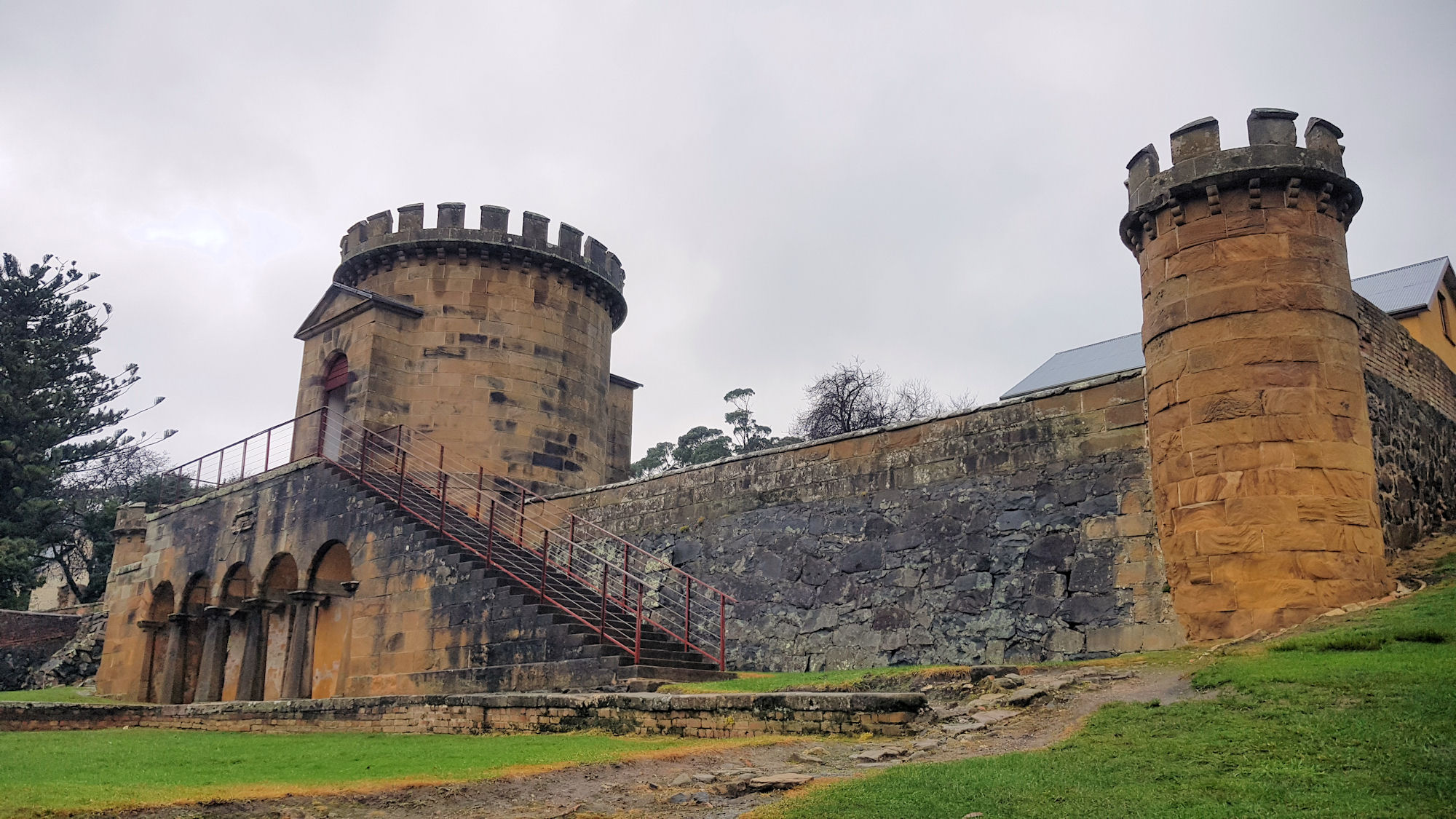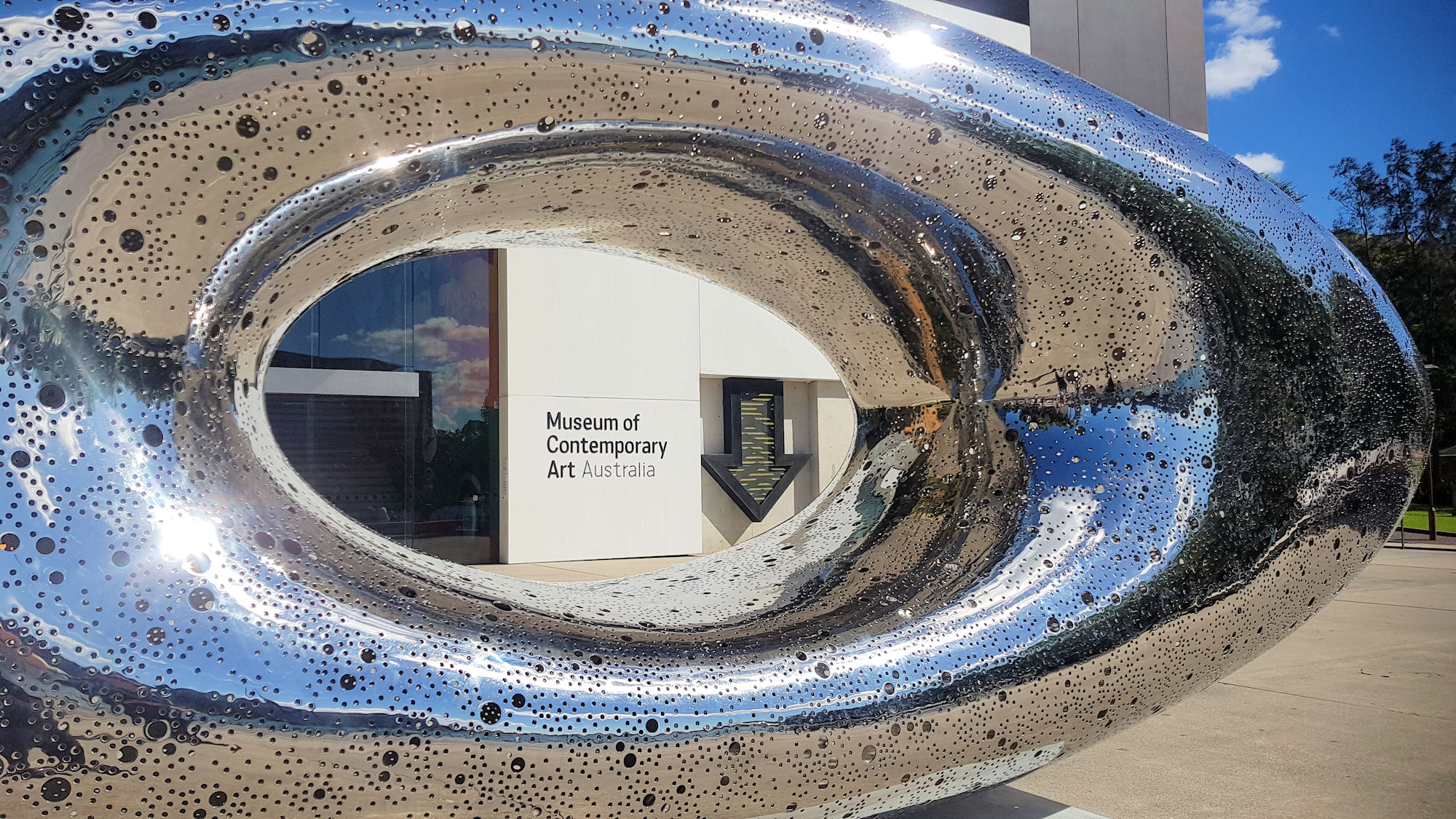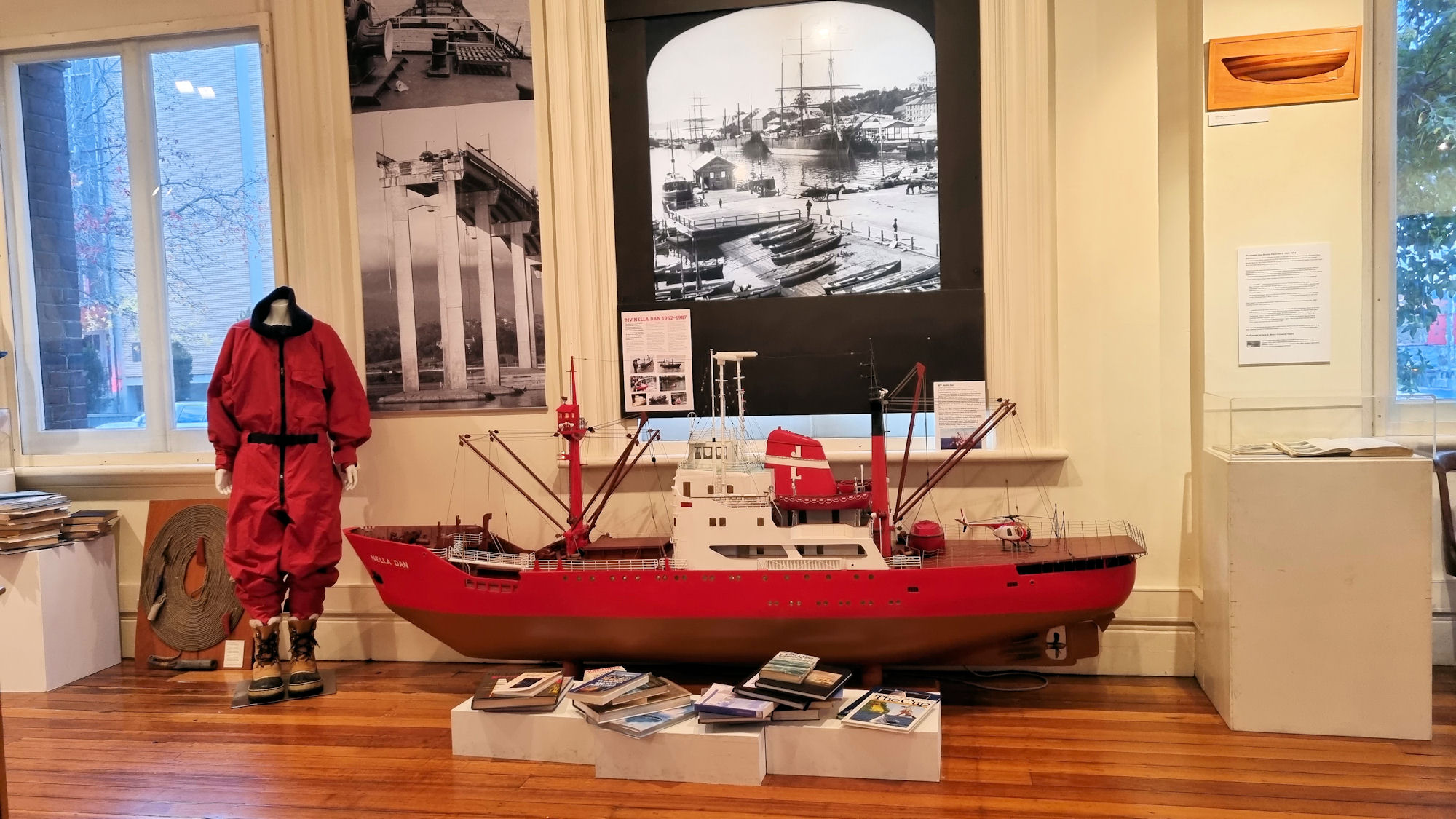Category: Museum
-
Port Arthur Historic Site Tasmania

Port Arthur Historic Site The World Heritage listed Port Arthur Historic Site contains over 30 buildings and extensive ruins. The listing reflects its importance to the story of forced migration and settlement of Australia. Primarily a penal settlement, Port Arthur also encompassed a wider community including military and civilian officers and their families. The preserved… Read more
-
Museum of Contemporary Art Australia

Museum of Contemporary Art Australia Sitting on the waterfront at Circular Quay, the Museum of Contemporary Art Australia provides a venue for international and local artists. Getting There In walking distance of Circular Quay, public transport is the easiest way to get here. Ferries, buses, trains and light rail all stop here, making it easy… Read more
